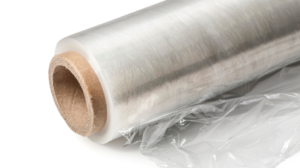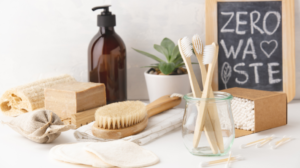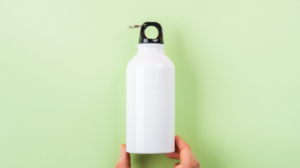Costa Rican Startup Makes Cement Blocks with Recycled Ocean-Bound Plastic
The Center for Regenerative Design and Collaboration in Costa Rica creates cement construction blocks using 80 per cent waste plastic.
Full Article
By Heather Caliendo
A new initiative in Costa Rica seeks to make a big difference in diverting ocean-bound plastics off the shorelines and from entering the ocean. The Center for Regenerative Design and Collaboration (CRDC), run by Don Thomson in Costa Rica, came up with the new concept to use mixed, dirty plastics, which are cleaned/pelletized, to become aggregate in high-quality building blocks and construction materials. CRDC partnered with Costa Rica construction manufacturer Pedregal to develop this new innovative product, called Ecoblock. This new aggregate—consisting of 80% waste plastic and 20% organic additive—is designed to mix with cement.
Costa Rica-based Ecolones is the logistics partner of Pedregal, which has a network of collection centers to gather the materials and deliver it to Pedregal. Pedregal then makes the block from mixed plastic waste gathered off the shorelines and turns it into a useful construction material. The aggregate itself has maintained all the qualities and strength characteristics of standard concrete yet lowered its weight.
Mike Urquhart, minority owner of CRDC, says that there is no compromise to quality and adding the recycled plastic improves compression strength and reduces weight of the blocks.
“The machinery we are using is pretty much off the shelf—basic plastic grinding, additive mixing and aggregate crushing,” he says. “The key is the formulation, which is patent pending.”
This project is now in production in Costa Rica. Pedregal plans to incorporate 40 tons of the ocean-bound plastics into its current product lines, according to an article on El Financiero.
“The long-term goal is to play this out globally,” Urquhart says. “We understand there is cost involved as well as a different mixture of plastics, but we have already attracted industry attention around the globe.”



